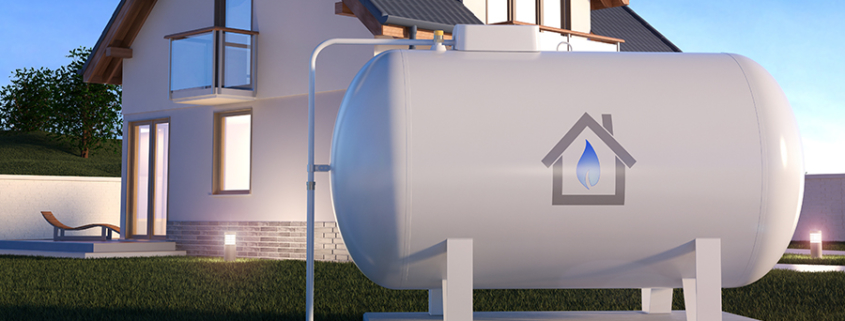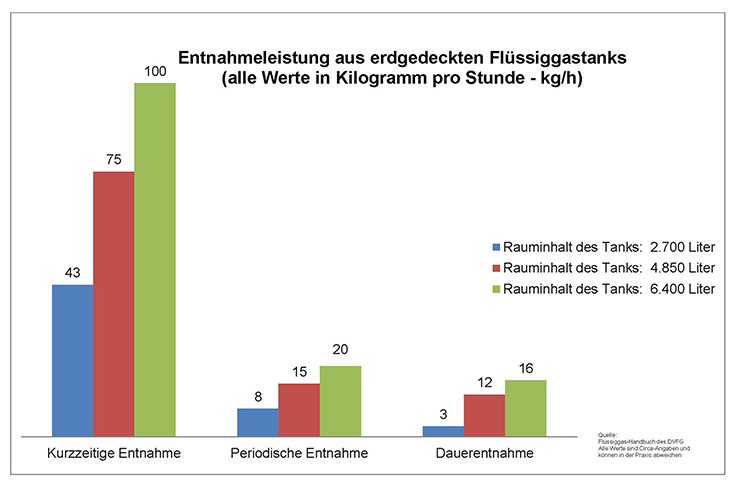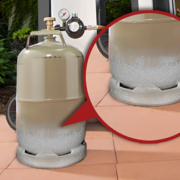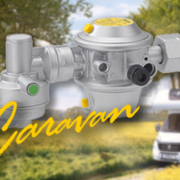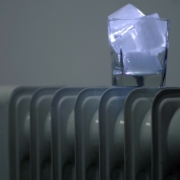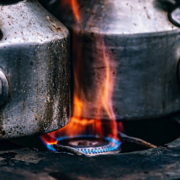How many kilograms of LPG per hour can I draw from an LPG tank?
The mere size of the tank is an important factor in the withdrawal output or the withdrawal volume of LPG tanks. The larger the tank, the more kilograms per hour you can withdraw. But the seasons and the installation location of the tank are at least just as crucial.
The Technical Rules for LPG in 2012 (TRF 2012) define a total of four different dimensions of LPG tanks; three of these are very common in Germany:
- 2,700 litres capacity ≙ 1.2 tonnes nominal filling weight
- 4,850 litres capacity 2.1 tonnes nominal filling weight
- 6,400 litres capacity ≙ 2.9 tonnes nominal filling weight
Seasonal fluctuations
Generally speaking, an above-ground LPG tank is subject to seasonal fluctuations in terms of the withdrawal volume. Of course, whether the sun is shining and it is a warm day with 30 degrees or whether the snow is falling has a massive impact on the withdrawal output.
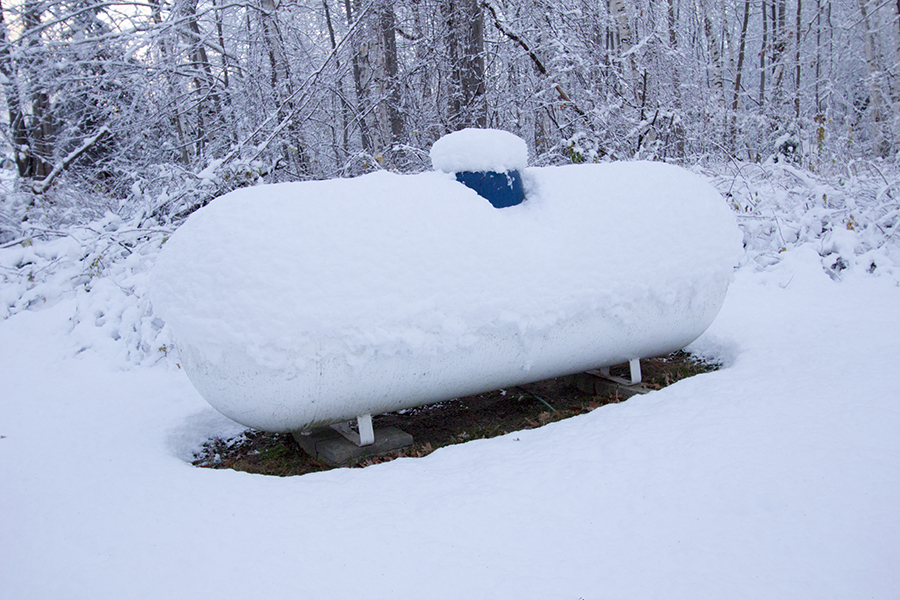
Of course, at these temperatures, you can withdraw less LPG from an LPG tank than you can in the summer months.
Third factor
In addition to the tank size and weather conditions, the withdrawal period is the third decisive factor. If the connected consumer equipment only needs gas for a short time or only periodically, the withdrawal output is sometimes significantly higher than for continuous withdrawal.
For clarification:
- Short-term withdrawal: You can withdraw the maximum amount for about 20 to 30 minutes.
- Periodic withdrawal: Boilers require LPG in phases and not continuously. This is referred to as periodic withdrawal.
- Continuous withdrawal: As the name suggests, LPG is constantly withdrawn from the LPG tank over a longer period of time. This may be the case with an industrial paint system, for example.
LPG tank graphic
We have prepared this for you visually in the following graphics:
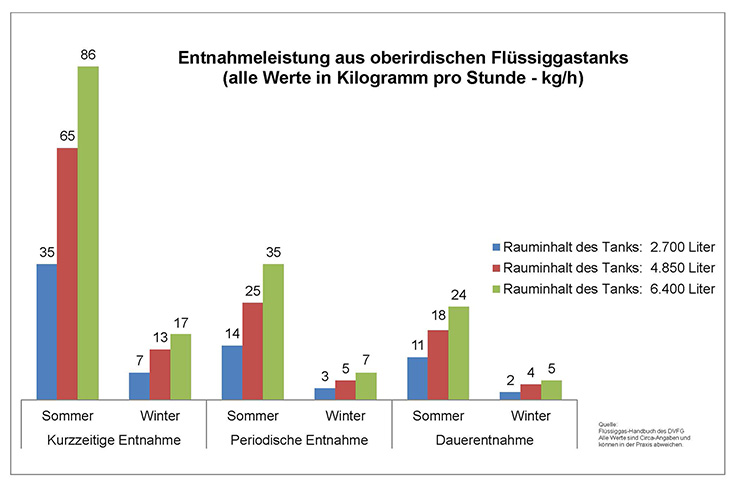
In the illustration, you can see the withdrawal output within the three withdrawal modes, subdivided into the two seasons summer and winter. The rule of thumb says that you can withdraw five times more in summer than you can in winter.
LPG tank restriction values
Please note that the values are maximum and approximate data. In practice, for example, there may be deviations depending on the weather or installation site.
Since the performance of the consumer equipment is usually given in kilowatts, we offer you help for conversion in this article.
